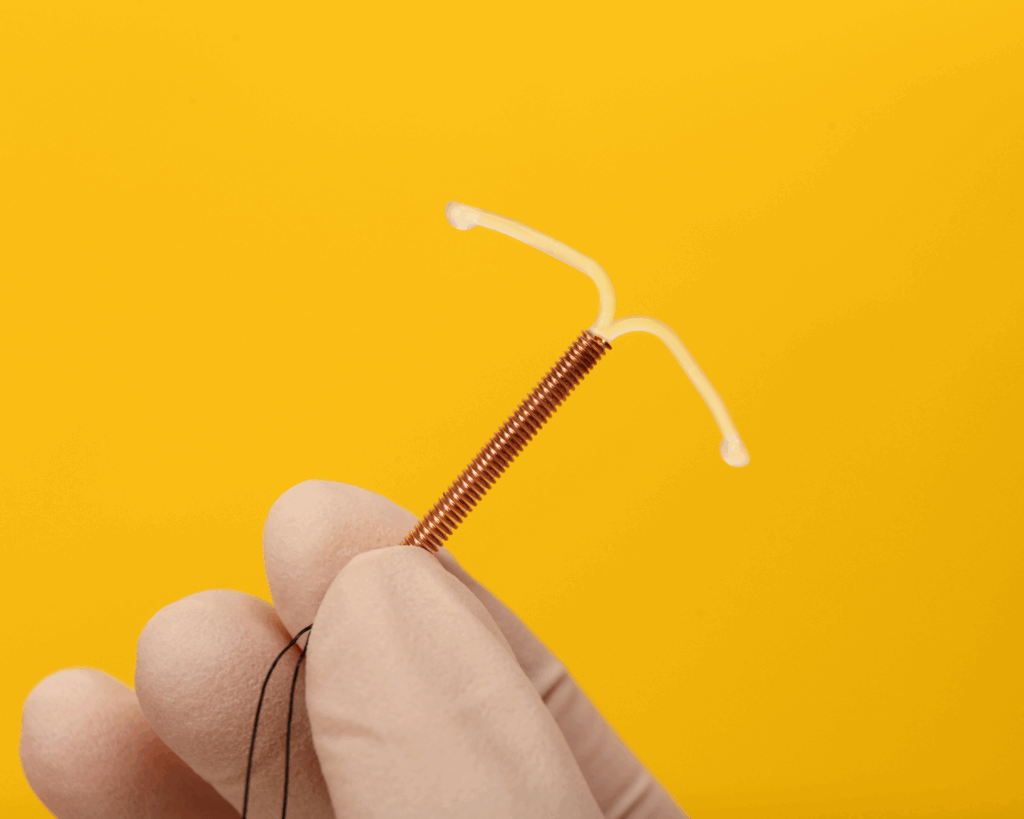Confronting the Challenges of Breastfeeding with a Disability
Mothers with disabilities were less likely to receive information about breastfeeding from their providers and were less likely to breastfeed their infants in the first few months postpartum than mothers without disabilities.

Read Time: 3 minutes
Published:
Breastfeeding offers numerous health benefits, both short and long-term, to a mom and her baby.
Breast milk provides babies with maternal antibodies and immunity to many illnesses. Breastfed infants have lower rates of asthma, obesity, and type 1 diabetes over their lifetime. And mothers who breastfeed have a reduced risk of breast and ovarian cancer, type 2 diabetes, and high blood pressure. The American Academy of Pediatrics and other medical professional associations recommend exclusive breastfeeding, when possible, for the first six months of a child’s life.
Advances in breastfeeding awareness and public health programming over the past five decades have increased rates of nursing nationally. However, unequal access to education, employment, and housing are widely discussed challenges to breastfeeding. A mother’s disability status is often forgotten in this conversation.
Approximately 18% of reproductive-aged women have a disability, including visual, hearing, physical, and cognitive impairments. They experience the same desire to have children that people without disabilities do, and there has been an increase in the number of women with disabilities becoming mothers. Yet, women with disabilities face higher risks of pregnancy complications and adverse birth outcomes. Additionally, they often lack information about how their disability may affect breastfeeding their infants.
Information provided to mothers with disabilities by health care providers needs to be tailored to each woman’s needs.
Stephanie Ramer and collaborators used data from October 2018 to December 2020 Pregnancy Risk Assessment Monitoring System – a survey administered by the CDC to collect data on most live births in the United States. The researchers compared breastfeeding information sources; breastfeeding initiation; and breastfeeding status at one, two, and three months among mothers with and without a disability.
Six percent of mothers who gave birth between October 2018 and December 2020 reported having any disability. While 92.2% of all mothers received breastfeeding information from health care providers, those with disabilities were slightly less likely (89.3%) than those without (92.3%) to receive it. Additionally, breastfeeding rates were lower among mothers with a disability compared to those without at both two (62.6% vs. 66.6%) and three months (54.7% vs. 59.6%) postpartum.
The individual factors that support or hinder a mother with a disability’s ability to nurse her infants are poorly understood. Understanding what these factors are can allow public health and health care professionals to tailor breastfeeding education to each mother.
An interview-based study conducted by Robyn M Powell and colleagues characterized some factors that influence breastfeeding rates in women with physical disabilities. Mothers reported that adaptive equipment like breastfeeding pillows and breast pumps, physical assistance from others, and peer support from those with similar disabilities supported their ability to breastfeed their infants. However, limited information about breastfeeding with a physical disability, and difficulties with milk supply and infant latching hindered women’s ability to nurse. Some women reported that their disability eliminated breastfeeding as an option due to physical inability to nurse or concerns about the use of medications that could be passed in breast milk.
Information provided to mothers with disabilities by health care providers needs to be tailored to each woman’s needs; the authors of both studies emphasize the importance of further training for health care providers. Ramer and colleagues suggest investigating how disability interacts with other health and life challenges known to affect breastfeeding rates.



